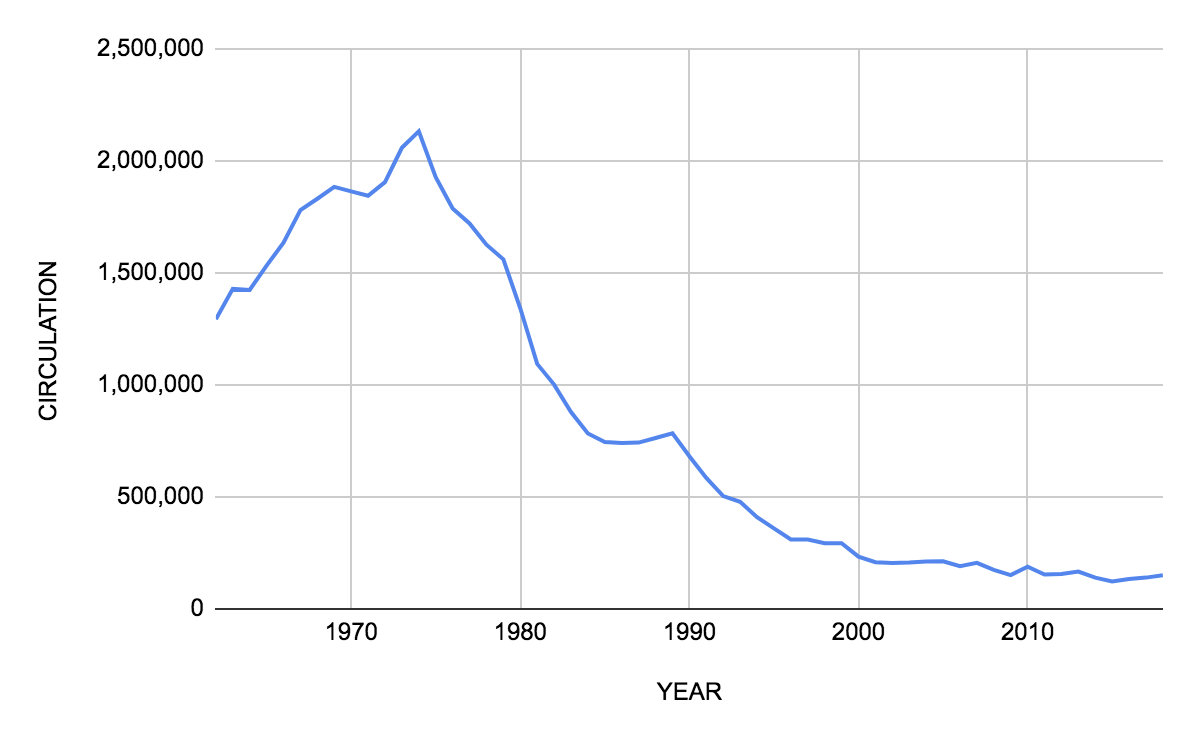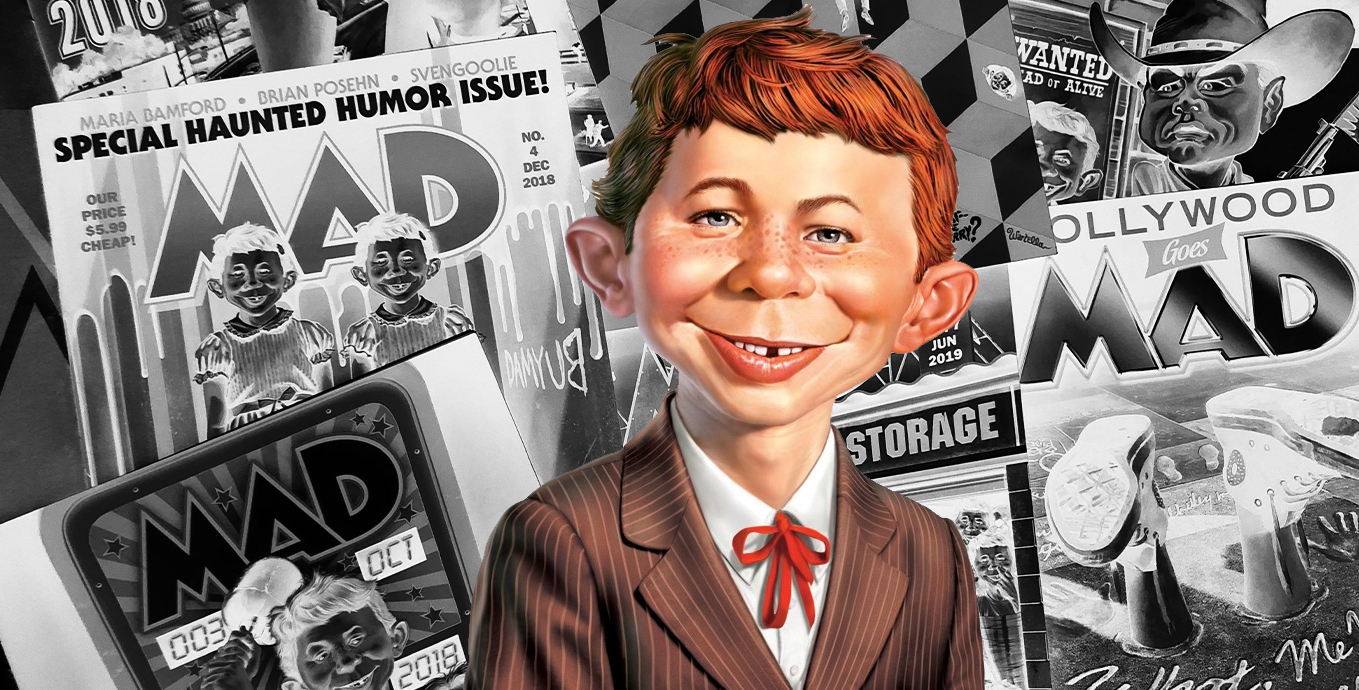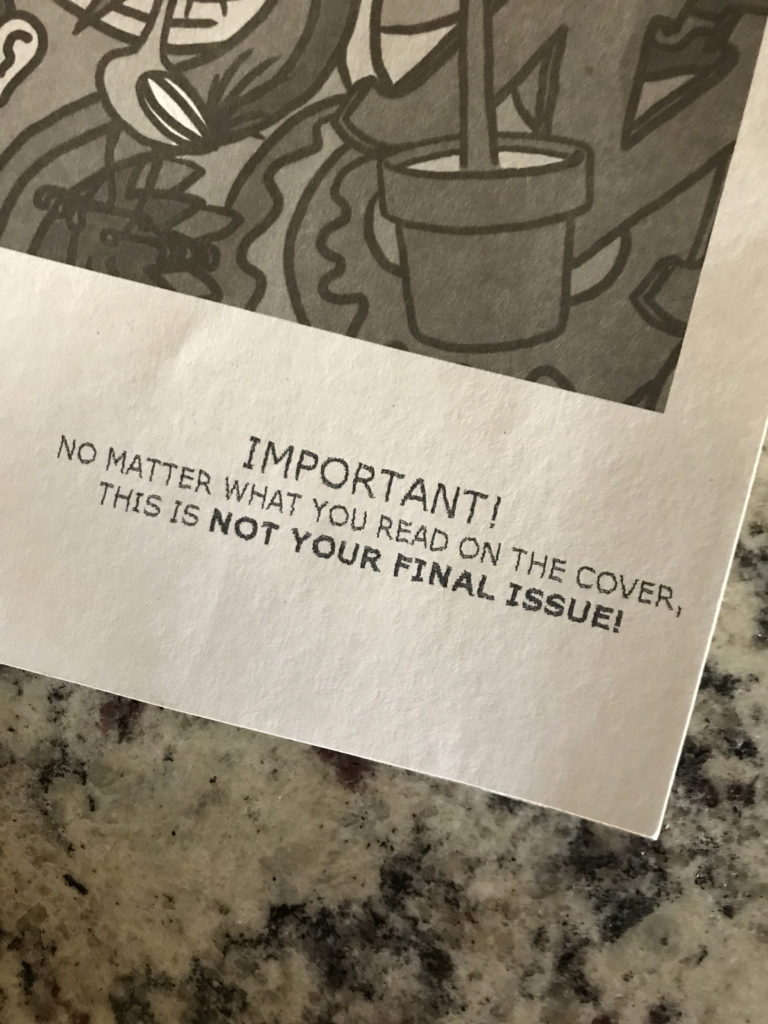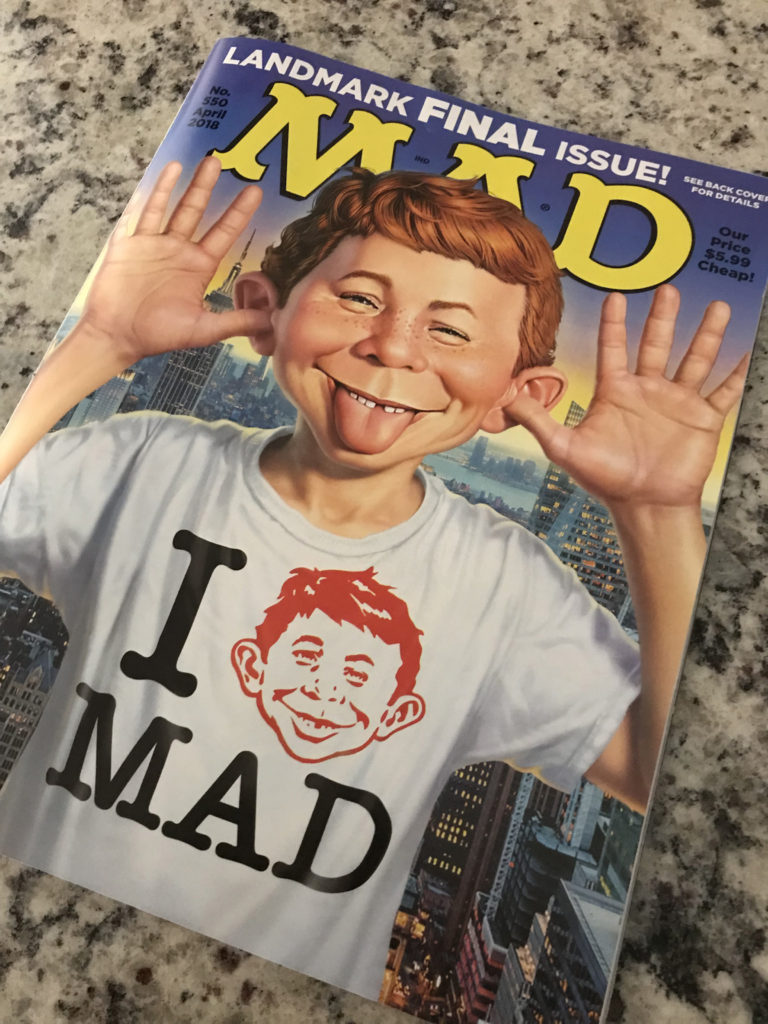In January of 2018, I checked my mailbox and found something weird on the dust cover of the latest issue of MAD Magazine. A small blurb in the corner said:
IMPORTANT! NO MATTER WHAT YOU READ ON THE COVER, THIS IS NOT YOUR FINAL ISSUE.
Yes. I subscribe to the home-delivery print edition of MAD. And as recently as 2013, more than 160,000 other idiots subscribed, too. My love for the cult humor magazine began when I was in the sixth grade, specifically, the day my mom referred to an issue as "garbage," and then again as "toilet humor." After getting my hands on the CD-ROM anthology, I started collecting MAD memorabilia. To my wife's dismay, I still have boxes filled with books, old issues sealed in plastic, the MAD board game from the '70s (two of them, actually), a watch with Alfred E. Neuman's arms as the hands... you get it. I work in digital subscription$ and MAD represents a deep connection to my childhood. Anyway, enough about my mom.
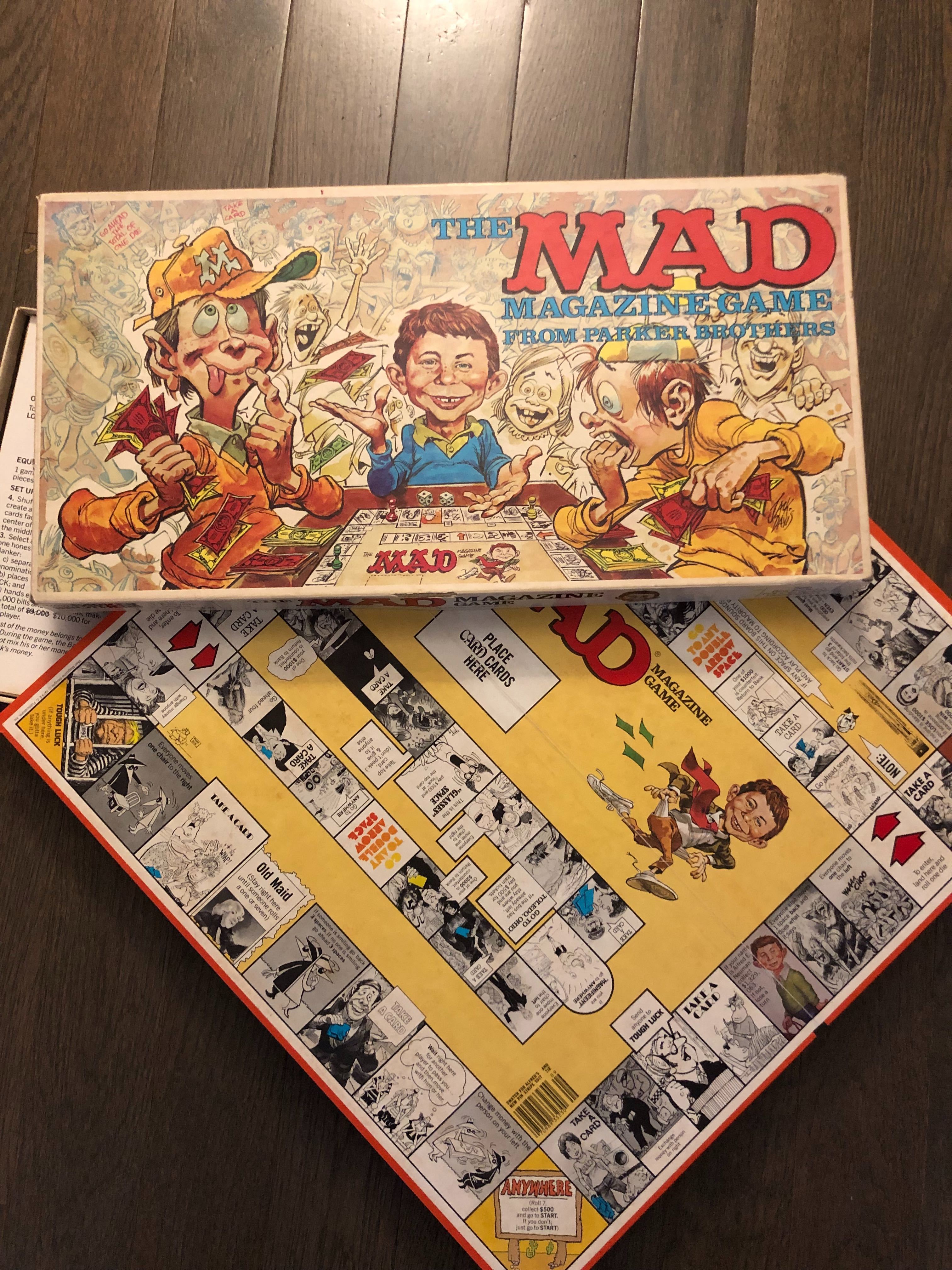
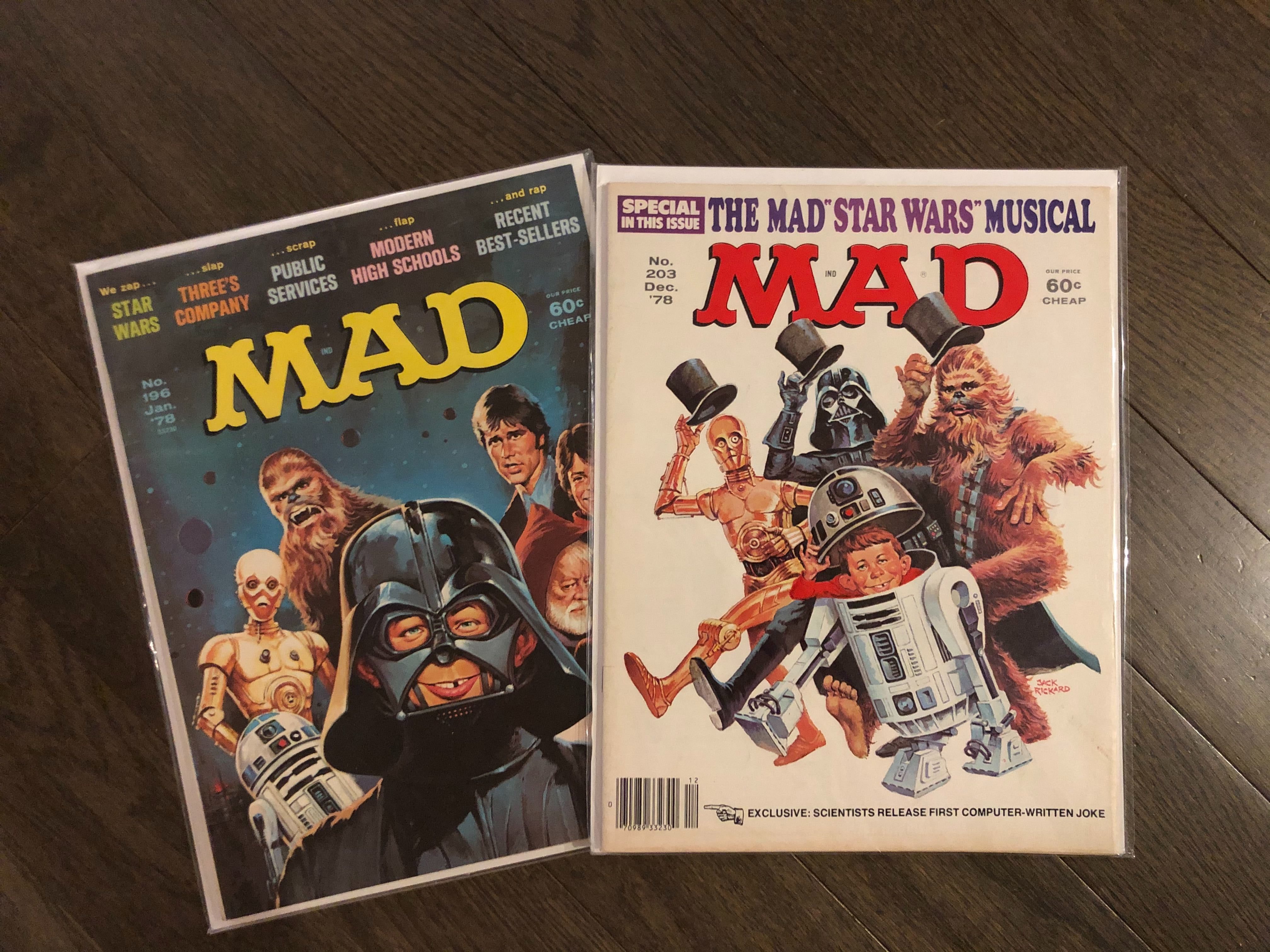
I knew it hadn't been a full year since my $19.99 payment — MAD's inexplicably cheap six-issue deal for print subscribers — but after I flipped to the front cover, I figured something was up. The front cover said:
LANDMARK FINAL ISSUE! SEE BACK COVER FOR DETAILS
"Wow," I thought after flipping to the back cover. "They're taking April Fool's Day all the way this year."
GET READY FOR AN ALL NEU-MAN AND AN ALL NEW MAD
MAD #1 DROPS IN APRIL!
I flipped back to the front cover. And to the back cover again. "What the f**k is going on with MAD Magazine!?," I shouted to my incredibly patient wife who doesn't care about any of this.
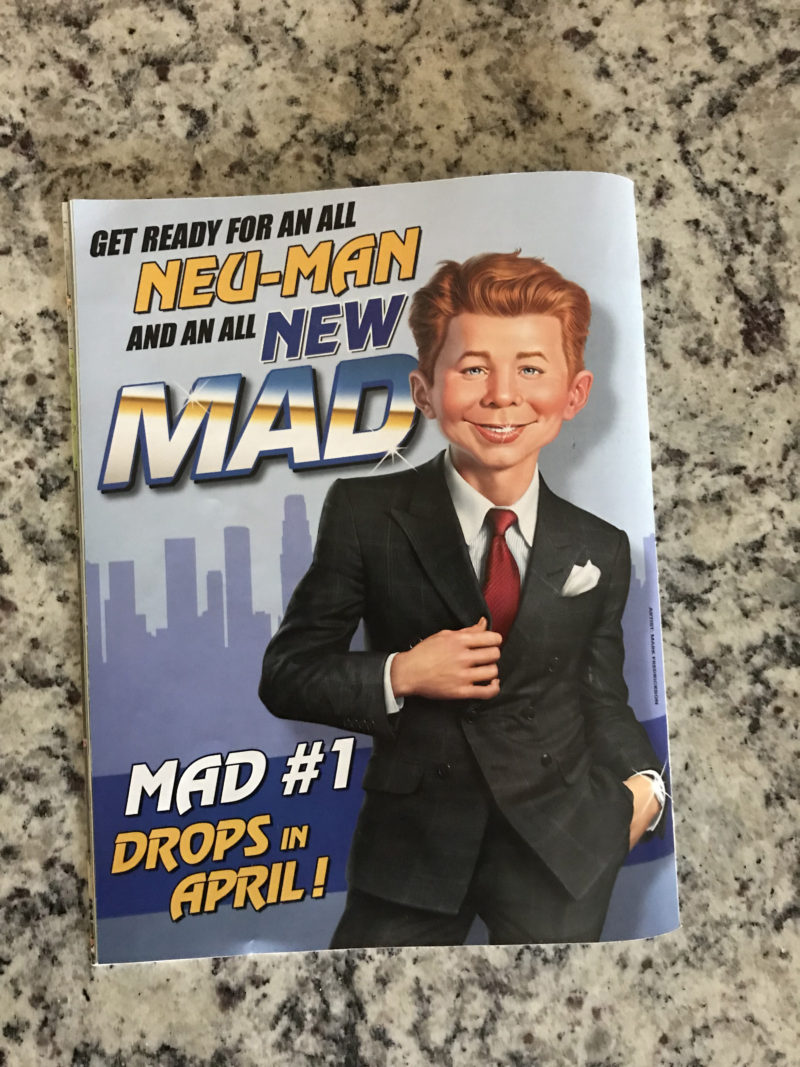
One thing I did know: MAD Magazine was moving its offices from New York City to Burbank, California. This was announced back in 2017, so it came as no surprise. Basically, MAD was consolidated under DC Comics back in the 1990s. When DC moved its headquarters from 1700 Broadway in Manhattan, to Burbank, in 2015, MAD Magazine stayed behind. (Its first offices were at 225 Lafayette Street in Lower Manhattan and then famously at 485 "MADison" Avenue.) The magazine had become synonymous with New York. Maybe so much so that it was afraid to leave.
I hypothesized: MAD was using the relocation as a chance to try some new shticks. "Probably a good idea now that kids have the full comedic power of the internet in their pockets," I — an idiot — determined.
Over the next few days, I was following pretty closely. The MAD Twitter account began posting for the first time in more than a month, offering details about what to expect from the "new" MAD Magazine.
MAD will change Alfred E. Neuman's name to "Al Newman"
— MAD Magazine (@MADmagazine) February 21, 2018
We're very pleased that the new Al Newman will no longer offend people with missing teeth, protruding ears, or asymmetrical eyes. #NewMADMagazine
— MAD Magazine (@MADmagazine) February 21, 2018
Unfortunately in this age of "Mint Condition" and CGC grading, nobody wants to ruin their copies of MAD by doing the Fold-In. #FoldInsOut
— MAD Magazine (@MADmagazine) February 22, 2018
Sure enough, the next edition arrived with "Issue #1" written across the cover. It wasn't a shtick. It was a relaunch.
I wondered: why? Why erase a symbol of dynastic brand affinity like an issue count overnight? Why signal to the public the need for such a dramatic change? Why would you ever want to go to L.A.? Why is this happening?
Things normalized a bit after the initial momentum of MAD's retooling. I thought the new covers looked great, with refreshed art and nods to the magazine's storied past. They hit me right in the nostalgia and I ate that shit up for about a year and some change. I even learned to stomach the issue-reset stunt.
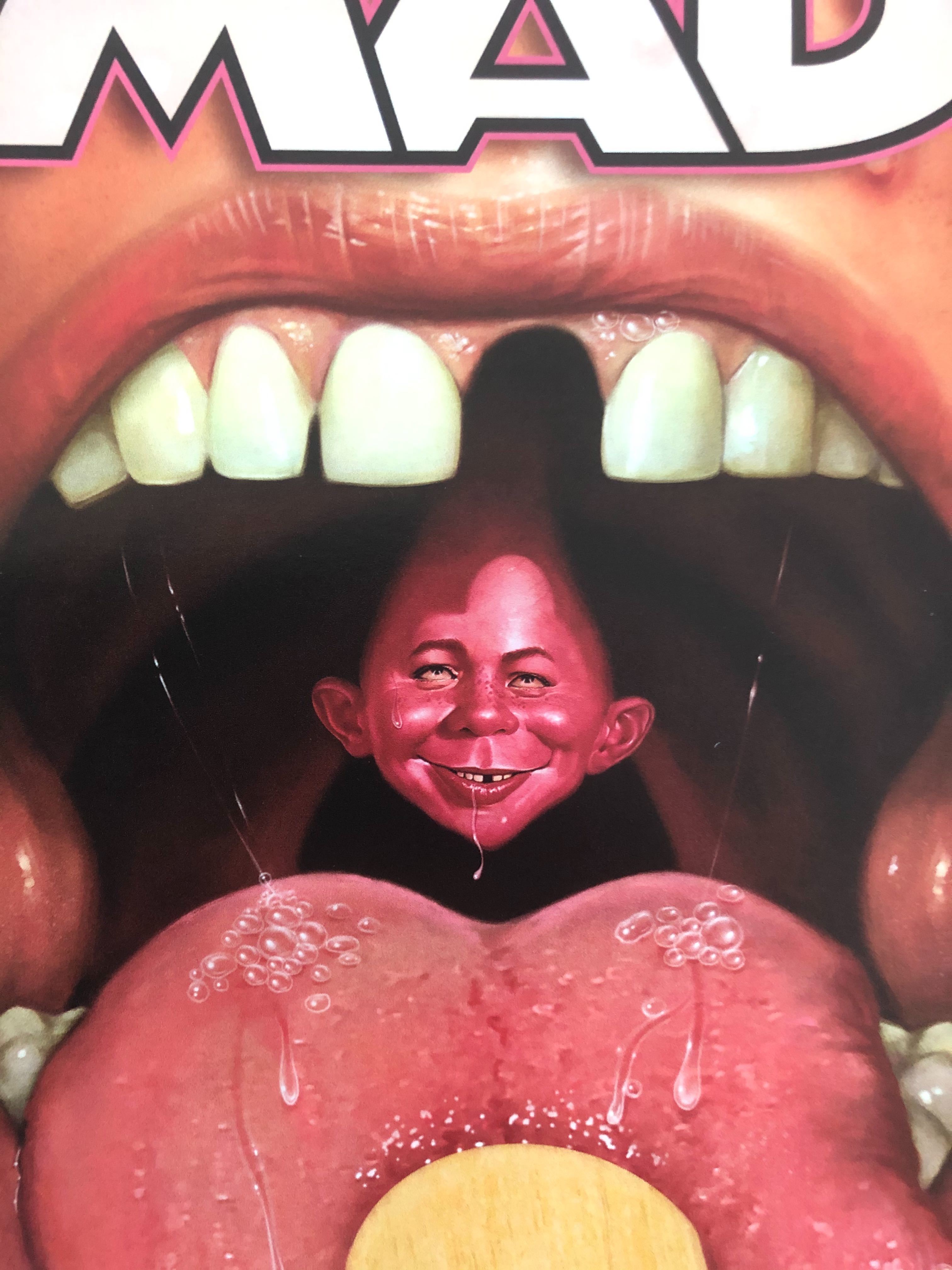

Fast forward to July of 2019. The bomb drops.
MAD announces that the magazine will no longer be available at newsstands, grocery stores, or bookstores. (Subscription$ only.) Oh, yeah. Also, this footnote... MAD will cease publication of original content and focus on repackaging content from its 67-year catalog.
You may be asking yourselves, "Why am I reading this?" And maybe even, "What in the fuck is MAD Magazine?"
If you don't know what MAD Magazine is, go ahead a pat yourself on the back because your mom is probably very proud of you. (You were probably never caught sneaking out of the house in the middle of the night, through a very loud door wall, while in high school.) You're probably a doctor now.
Anyway, here is a dry, dense — yet uncomprehensive — history of something you don't care about.
The History of MAD
MAD Magazine was launched by cartoonist Harvey Kurtzman and co-editor of EC Comics William Gaines in 1952. It started as a comic book self-parody, poking fun at its own medium and familiar newspaper comic characters like Superman and Archie. But by issue #24 (July of 1955), MAD sarcastically converted to a monthly magazine format. (They actually did this to avoid the newly self-regulating comic industry's Comics Code Authority, which was responsible for the death of a ton of comics through over-censorship.) The new publication started producing satirical content about everything — politics, movies, pop culture, and more — not just comics.
After Kurtzman left in 1956, MAD's new editor Al Feldstein stocked the magazine with talent, hiring many of MAD's most celebrated contributors. Feldstein's first issue as editor featured the debut of Don Martin, deemed "MAD's Maddest Artist." He also recruited MAD royalty, signing satirical author Frank Jacobs, caricaturist Mort Drucker (who had been with MAD for more than five decades, and single-handedly invented movie satirical comics as we know them, until his recent death), artist Antonio Prohías (the creator of MAD's infamous Spy vs. Spy comic), artist Dave Berg (known for his The Lighter Side of... series), and cartoonist Sergio Aragonés. (For those of you who don't know anything about humor writing, this is like the '96 Red Wings of funny people. For those of you who don't know anything about hockey — they were a very, very good team.) By 1974, the magazine hit peak circulation at more than 2 million readers.
From the 1950s through the 1970s, MAD was an especially important institution of humor. This was during the Cold War, when Hollywood was under tight scrutiny and paranoia had gone mainstream. MAD was there for the evolution of American society, from Beaver Cleaver's wholesome nuclear family to the cultural revolution of the 1960s and beyond. It poked fun along the way and nothing was off-limits, especially heavy subjects like the Vietnam War, drug use, gun control, and racial discrimination. Most importantly, MAD inspired young people to practice healthy skepticism. It encouraged them to question and poke fun at their government and politicians, big business, and media and advertising. It promoted free thought — it was uniquely American in that way.
MAD was also responsible for some of the most iconic ongoing satire series in history. The most hands-on, recurring feature continues to be the magazine's "fold-in" bit, a graphic printed on the back cover of each issue that reveals a hidden image once folded according to the instructions. And let's not forget Alfred E. Neuman — the magazine's mascot. The mischievous-faced boy with the crooked eyes first appeared on the cover with his "What, me worry?" tagline in 1954. His face is now synonymous with parody. (The origin story of the character is appropriately weird.)
MAD also set important legal precedents for satire that remain to this day. In 1964, the magazine fought a $25 million lawsuit filed against "Sing-Along with Mad," a collection of song lyrics designed to be sung to the tune of popular songs of the era. MAD won in appeals court, setting the stage for song parodies for decades to come. (You're welcome Weird Al.) They continuously pushed the boundaries and the entire entertainment industry benefited.
Feldstein retired as editor in 1984. By that time, MAD circulation had dropped to approximately 700,000. The editor spot was then handed over to longtime contributor Nick Meglin and former assistant editor John Ficarra. (They shared the spot.) After Meglin retired in 2004, Ficarra continued as editor for another 13 years. When DC announced it would relocate MAD to Burbank in 2017, Ficarra stepped down. In January 2018, Bill Morrison was named editor. And the rest... happened within the last year or so.
If you want to know more, here's a really great coffee table book about MAD's history. (Also, who are you?)
The death of MAD
In the days following the notice, tributes that read a lot like eulogies were posted on Twitter by comedians, musicians, and celebrities alike. And while MAD's announcement last summer stung like a sudden tragedy, in reality, it was the result of the painfully slow decline of a publication that failed to adapt to the world's changing media landscape — multiple times.
I am profoundly sad to hear that after 67 years, MAD Magazine is ceasing publication. I can’t begin to describe the impact it had on me as a young kid – it’s pretty much the reason I turned out weird. Goodbye to one of the all-time greatest American institutions. #ThanksMAD pic.twitter.com/01Ya4htdSR
— Al Yankovic (@alyankovic) July 4, 2019
...and the world just became a little more boring. RIP Mad Magazine pic.twitter.com/OEWDrjKPVI
— Stevie Van Zandt (@StevieVanZandt) July 4, 2019
In my opinion, MAD Magazine met its demise for a few reasons.
1. The medium never evolved
The first major failure is the one everyone "knows" — the magazine was unable to properly transition, and find a permanent audience, on emerging platforms like cable television and the internet. (And to make matters worse, it also failed to maintain, let alone improve, the quality of its print product.)
As television matured during the '70s, and premium channels exploded into the '80s, print circulation declined. MAD TV, a variety show, was eventually introduced in 1995 on Comedy Central, where it impressively aired until 2009. It's 14-year run featured the likes of Keegan-Michael Key, Alex Borstein, Debra Wilson, Bobby Lee, Andy Daly, Michael McDonald, and a young writer named Patton Oswald. (I used to watch it after school.) Unfortunately for the show, rival sketch program Saturday Night Live was in the midst of a major comeback and — even more detrimentally — the MAD TV audience was casual, uninvested, and passive. The show was designed to appeal to the largest audience possible, making it feel impersonal and low-brow. For longtime MAD fans, it felt unconnected to the magazine, aside from transition bumpers that included MAD animations. It severely lacked the long-running gags and characters fans came to expect.
When
